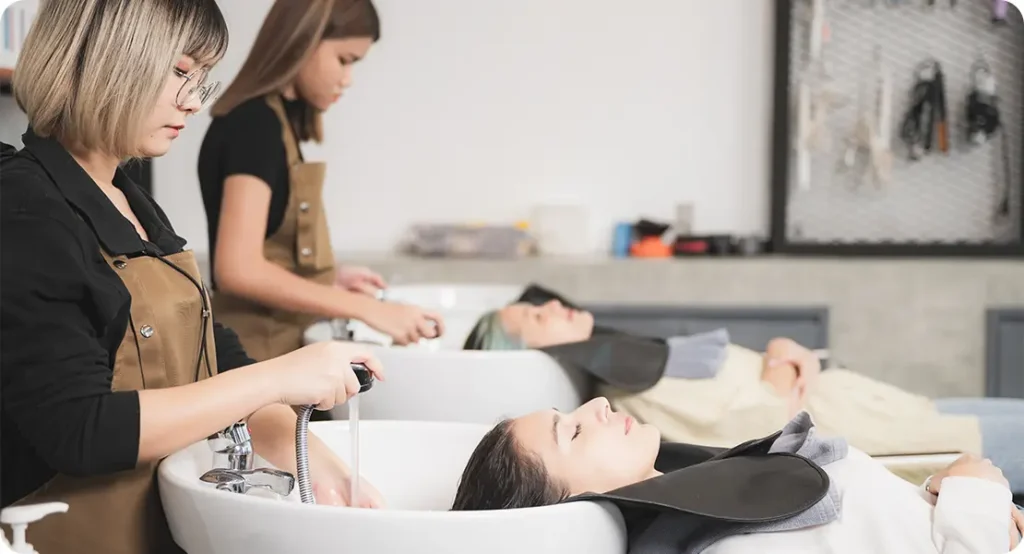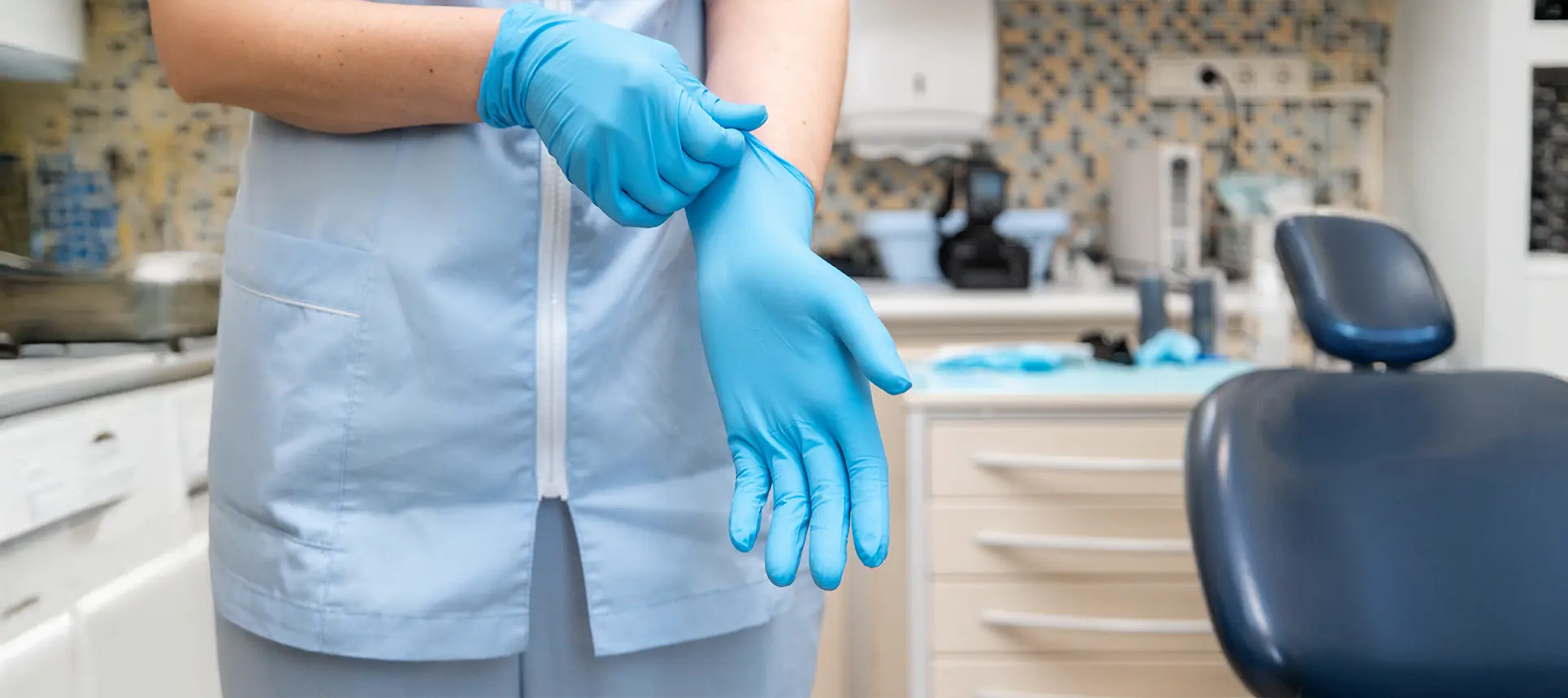Let’s talk about something that often gets overlooked—your skin at work. We all think about the air we breathe or the chairs we sit in, but how often do you think about the substances your skin comes into contact with throughout your working day? That’s where occupational dermatologists come in. These are the skin specialists who deal specifically with conditions caused or worsened by what you do for a living. And believe me, that’s a broader topic than you might expect.
In this guide, we’ll take a proper deep dive into the world of occupational dermatology. We’ll unpack what these dermatologists actually do, which industries are most affected, the common skin conditions they see, and how they go about diagnosing and managing them. Whether you work in healthcare, construction, beauty, or agriculture—or you’re just curious about the topic—there’s something in here for you.
What Is an Occupational Dermatologist?
Let’s start with the basics. An occupational dermatologist is a medical doctor who specialises in diagnosing, treating, and preventing skin conditions that are linked to your job. They’re not just dealing with the odd rash—they’re involved in the science of how work environments affect the skin and how to minimise those effects.
Their work overlaps quite a bit with occupational health medicine, but they focus purely on dermatological concerns. Think of them as the skin detectives of the working world. If there’s a mysterious rash that seems to appear every time someone steps into a lab, a factory, or even a salon, they’re the ones who can get to the bottom of it.
They might work in hospitals, private clinics, or as part of occupational health teams in large organisations. Some also have academic roles and contribute to research that influences workplace regulations and public health policies.
Why Do We Need Occupational Dermatologists?
Here’s the thing: skin is the body’s largest organ, and it’s constantly exposed to the environment. For many people, that environment includes irritants, allergens, extreme temperatures, and friction—all potential triggers for skin issues. When those issues are linked to the workplace, they’re not just a health problem—they’re a legal, economic, and productivity issue too.

Occupational dermatologists help reduce absenteeism by managing skin conditions early, advise companies on how to make their workplaces safer, and even provide evidence in legal or compensation claims. Without them, countless people would suffer in silence, develop chronic conditions, or have to leave their jobs entirely.
So yes, we definitely need them—and probably more than we currently have.
High-Risk Occupations and Industries
When it comes to work-related skin conditions, it’s not just people in chemical plants or on construction sites who are at risk. Many different professions expose workers to potential skin irritants or allergens on a daily basis. From those handling chemicals to individuals exposed to heat, moisture, or repetitive tasks, the variety of potential triggers is far-reaching. Skin doesn’t discriminate—if you’re in the wrong environment without the right protection, problems can and often do arise.
Some industries may not even realise how prevalent skin issues are until cases start piling up. The reality is, workplace skin problems can impact productivity, staff wellbeing, and overall morale. By identifying the roles most at risk, organisations and individuals can take better preventative steps—whether that’s using alternative materials, improving protective gear, or making sure skin care is a regular part of the workplace conversation.
Healthcare Workers
In healthcare, hygiene is paramount—but the very practices that keep patients safe can wreak havoc on the skin of medical professionals. Frequent handwashing with antiseptics, constant glove use, and exposure to sanitising agents strip the skin of its natural oils, leading to dryness, cracking, and irritant dermatitis. Over time, repeated exposure can turn minor irritations into chronic conditions, impacting a healthcare worker’s ability to perform daily tasks comfortably.
Beyond the hands, other parts of the body can suffer too. Wearing protective gowns, masks, and headgear for extended periods can cause friction and pressure-related skin problems, especially on the face and neck. Add to this the emotional stress of the job—which itself can worsen inflammatory skin conditions—and you’ve got a clear picture of why healthcare workers are one of the most at-risk groups when it comes to occupational dermatology issues.
Hairdressers and Beauticians
Hairdressers and beauty professionals deal with a cocktail of chemicals on a regular basis—hair dyes, bleaching agents, perms, nail products, and various styling solutions. Many of these products are known irritants or allergens, and constant exposure without proper skin protection can lead to contact dermatitis. Often, the symptoms start subtly—dryness, mild itching, or redness—but without intervention, they can evolve into painful, persistent skin problems.

The hands and wrists are particularly vulnerable, especially for those who perform treatments throughout the day. Even gloves, if not used correctly or made from the right material, can create their own problems. Some individuals develop allergic reactions to latex or experience sweat-induced irritation under gloves. For beauty professionals, maintaining healthy skin isn’t just a health issue—it’s also critical to their ability to work effectively and confidently with clients.
Agricultural Workers
Those working in agriculture face a unique combination of skin challenges. Pesticides, fertilisers, animal feed, and even plant-based irritants can all contribute to allergic or irritant dermatitis. Handling soil, machinery, and outdoor tools without adequate protection further increases the risk of cuts, abrasions, and contact with potentially harmful substances. What’s more, skin reactions might not always be immediate, making it harder to identify the specific triggers.
Another major concern for agricultural workers is sun exposure. Spending long hours in open fields or greenhouses places them at high risk of sunburn and long-term UV damage, which significantly raises the chance of developing skin cancers. Proper education on sun safety, access to barrier creams, and the use of protective clothing can go a long way in preventing these conditions—but awareness still needs to improve across the sector.
Cleaners and Janitors
Cleaners often work with a wide array of strong cleaning agents—bleach, ammonia-based products, degreasers, and disinfectants—many of which are designed to break down dirt and grime but can also break down the skin’s natural barrier. Without appropriate gloves or training on how to handle these substances safely, cleaners are highly susceptible to both irritant and allergic contact dermatitis. Repeated exposure to wet work—like mopping, scrubbing, and rinsing—further compounds the risk.
In addition to chemical exposure, cleaners and janitors also face skin stressors from physical exertion, rough materials, and heat. Continuous friction from scrubbing, combined with perspiration or poor ventilation, can lead to chafing and fungal infections. It’s a physically demanding job that often comes with limited recognition—and even less access to occupational health advice—making targeted support from occupational dermatologists all the more important.
Factory Workers
Factory settings can expose workers to a wide range of industrial materials—metals, oils, adhesives, solvents, and synthetic resins, to name just a few. Prolonged contact with these substances, especially in high-friction areas like the hands, arms, or forearms, can quickly lead to dermatitis. Even workers who wear gloves may experience problems if the protective gear is ill-fitting, the wrong type for the chemicals used, or worn for too long without breaks.
Dust particles and fumes in factory environments also present a less obvious but significant risk. Airborne irritants can settle on the skin or be transferred from surfaces without notice. This is especially problematic in roles involving metalwork, plastic moulding, or chemical processing. Occupational dermatologists play a key role in assessing exposure risks and advising factories on how to implement better skin protection protocols—from air filtration to changes in shift patterns and gear upgrades.
Diagnosis: How Occupational Dermatologists Investigate
When someone presents with a skin issue that might be work-related, occupational dermatologists go into detective mode. It’s not just about looking at a rash—it’s about understanding the timeline, environment, and exposures.

Here’s how they typically approach it:
- Detailed History Taking
They’ll ask about your job, your daily tasks, how long you’ve had the problem, and whether it improves when you’re off work. These questions help establish a clear link between the condition and the workplace. - Patch Testing and Allergy Tests
This is a crucial step for anyone with suspected allergic contact dermatitis. It involves placing small amounts of potential allergens on the skin to observe reactions over a few days. - Site Visits or Liaising with Employers
In some cases, dermatologists might work with occupational health teams or employers to better understand the work environment. Knowing the chemicals used, the protective gear provided, and even the hand-washing facilities can offer important clues. - Photographic and Skin Surface Analysis
Imaging and microscopy help them spot patterns or changes in the skin structure, especially when ruling out non-work-related conditions.
Management and Prevention Strategies
Once a work-related skin condition is diagnosed, the next priority is preventing it from worsening and ensuring it doesn’t recur. Occupational dermatologists approach management from a holistic angle—looking beyond the skin itself to the environment, tasks, and habits that contribute to the condition. While topical treatments may offer short-term relief, long-term control usually comes from changes in exposure, technique, or work routine.
Importantly, prevention is often just as critical as treatment. By identifying high-risk roles and educating both employees and employers, occupational dermatologists can significantly reduce the incidence of new skin problems in the workplace. Their aim is to keep people working, but comfortably—and with their skin health intact.
1. Avoidance and Substitution
Avoidance involves eliminating the source of irritation or allergy altogether, which can be one of the most effective strategies. However, this can require changes to products, workflows, or even job roles—things that can feel disruptive in a busy work environment. For example, if someone develops a reaction to a specific disinfectant, the solution might involve switching to a milder alternative or even redesigning how and when that substance is used.
Substitution doesn’t just apply to chemicals—it could mean replacing natural latex gloves with nitrile versions for someone with a latex allergy or using a water-free hand cleanser to reduce wet work. While these changes may seem minor, they often bring significant relief and help prevent chronic skin conditions from developing. The key lies in tailoring the solution to both the worker and the task, which is exactly what occupational dermatologists excel at.
2. Barrier Protection and Skincare Routines
Barrier protection is a crucial line of defence in occupational dermatology. It includes more than just gloves—proper barrier creams, moisturisers, and even breathable fabrics all play a role. These products help maintain the integrity of the skin’s natural barrier, which protects against irritants, allergens, and infections. The correct choice of product matters a great deal, and occupational dermatologists often make specific recommendations based on the substances a worker is exposed to.

Consistent skincare routines also make a world of difference. This might involve applying moisturiser before and after shifts or choosing cleansers that don’t strip away natural oils. What’s often overlooked is how routine skincare can also reduce the severity of any existing conditions. When people follow a tailored skincare plan, flare-ups become less frequent and recovery is much quicker. A little daily attention can go a long way in keeping workplace skin issues under control.
3. Education and Training
Education is arguably one of the most powerful tools in preventing occupational skin problems. Workers who understand how skin conditions develop and know how to spot the early signs are far more likely to act before an issue becomes serious. Occupational dermatologists frequently conduct training sessions for staff at risk, helping them understand not just what to use, but how and when to use it effectively.
Training can also help challenge workplace habits that might be causing harm. For example, someone might think frequent washing with harsh soap is a good thing, when in reality, it could be damaging their skin. Simple guidance—like how to don and remove gloves properly or why moisturising isn’t optional—can have a huge impact on long-term skin health. When staff are educated, they’re empowered to take control of their own wellbeing.
4. Policy and Regulation Input
On a broader level, occupational dermatologists often contribute to policies that affect entire industries. Their insights are based on real-world experience with patients, which allows them to advocate for practical, evidence-based changes. Whether it’s setting exposure limits for particular chemicals or defining what constitutes adequate protective equipment, their input helps shape standards that keep workers safe.
In addition to working with industry bodies, these specialists sometimes collaborate with regulatory agencies and government departments to push for legal reforms. Their role can include giving expert testimony, helping draft workplace safety guidelines, or participating in research panels. By influencing regulation from the top down, they not only improve conditions for current workers but also help protect future generations entering the same industries.
The Psychological Impact of Work-Related Skin Conditions
Here’s something that’s often overlooked: the emotional toll. Imagine developing a skin condition so visible that you feel self-conscious at work, or so uncomfortable that you struggle to sleep. Some people even have to give up jobs they love because of their condition.
Occupational dermatologists understand this. They don’t just treat the skin—they support the person. Mental health referrals, support groups, and coping strategies are often part of the broader care plan.
Research and Future Developments
The field of occupational dermatology is constantly evolving. Researchers are developing better diagnostic tools, safer chemical substitutes, and even wearable tech to monitor skin condition changes in real-time.
There’s also growing awareness around nano-materials and their potential effects on skin. As industries evolve, so too must the work of these dermatologists.
One exciting area is genetic predisposition testing, which could one day help identify workers at higher risk before symptoms even appear. Early intervention could prevent countless cases of occupational skin disease.
Final Thoughts
Occupational dermatologists might not get as much public attention as cardiologists or neurologists, but their work is vital. They stand at the intersection of health, safety, and employment—helping people stay in their jobs without sacrificing their skin.
If you’re experiencing persistent skin issues and think your job might be to blame, don’t ignore it. Early intervention can mean the difference between a temporary flare-up and a long-term condition. And if you’re an employer, remember that looking after your team’s skin is just as important as their backs, eyes, or lungs.
If you believe you’re suffering from a dermatological condition related to your work and feel you could benefit from seeing an occupational dermatologist, you’re very welcome to get in touch with us here at The London Dermatology Centre.
So next time you slip on your gloves, lather on that moisturiser, or attend a workplace training session on skin safety—know that behind the scenes, there’s probably an occupational dermatologist who’s helped make that happen. And your skin is all the better for it.
